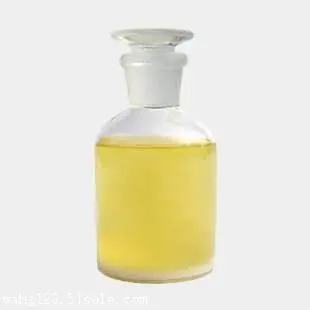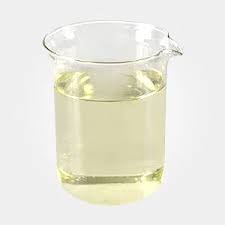**The Secret Life of Surfactant: When Does This Miracle Molecule Show Up?**
(When Is Surfactant Produced)
Imagine blowing soap bubbles as a kid. The shimmering spheres float, wobble, then pop. What makes them form? A sneaky substance called surfactant. This stuff isn’t just for bubbles. It’s everywhere—in your lungs, your shampoo, even in the food you eat. But when does surfactant actually show up? Let’s dig into the timeline of this invisible hero.
First, what is surfactant? Think of it as a peacekeeper. It reduces tension between liquids and gases or between two liquids. Without it, water would cling tightly to itself, making simple acts like breathing or washing dishes way harder. Surfactant steps in, smooths things over, and lets different substances mingle without drama.
Now, when does surfactant production kick off? In humans, it starts early—really early. Before birth, a developing fetus needs surfactant to survive outside the womb. Around week 24 of pregnancy, tiny cells in the lungs called type II pneumocytes begin making it. Why? Because newborn lungs must inflate with air right after birth. Without surfactant, the sticky lung tissues would stick together, making breathing nearly impossible. Premature babies often struggle with this. Their lungs haven’t made enough surfactant yet. Doctors fix this by giving artificial surfactant, a lifesaving trick modern medicine nailed down in the 1980s.
But humans aren’t the only surfactant factories. Nature’s full of it. Take plants. They coat their leaves with a waxy surfactant layer to keep water from pooling and blocking sunlight. Insects use it too. Ever see a water strider skate on a pond? Surfactant-like molecules on their legs lower water tension, letting them glide like tiny superheroes.
What about everyday stuff? Surfactant pops up in soap, detergent, and toothpaste. These products rely on it to mix oil and water, lifting dirt off surfaces. When you wash your hands, surfactant molecules surround grease particles, trap them, and rinse them away. The process starts the moment soap meets water. Factories produce tons of synthetic surfactant yearly, mixing chemicals like sodium lauryl sulfate. It’s cheap, effective, and why your shampoo lathers so nicely.
Surfactant also hides in food. Ice cream? Yep. It keeps the texture smooth by stopping ice crystals from forming. Chocolate needs it too. Surfactant ensures cocoa butter spreads evenly, so your candy bar isn’t grainy. Food manufacturers add it during processing, often using plant-based versions like lecithin from soybeans.
Here’s a twist. Surfactant isn’t always good. In nature, too much can harm ecosystems. Detergent runoff in rivers creates foamy pollution, suffocating fish and plants. Scientists now push for “greener” surfactants that break down safely. Research is ongoing, but progress is slow. Balancing human needs with environmental care remains tricky.
How is surfactant made commercially? It’s a mix of chemistry and engineering. Most synthetic surfactants come from petroleum. Engineers heat and treat hydrocarbons, then combine them with sulfur or other chemicals. Newer methods use bacteria or enzymes to make bio-surfactants. These eco-friendly options are gaining traction, though they’re pricier.
Curious about the future? Researchers are tweaking surfactant for wild uses. Think firefighting foams that smother flames faster or drugs that deliver medicine straight to lung cells. Some even explore surfactants for cleaning up oil spills. The goal? Make molecules that work smarter, not harder.
(When Is Surfactant Produced)
Surfactant’s story is full of twists. It’s a quiet workhorse, shaping life long before we knew its name. From the first breath of a newborn to the soap suds in your sink, it’s there—making the impossible easy, one molecule at a time.
Inquiry us
if you want to want to know more, please feel free to contact us. (nanotrun@yahoo.com)



